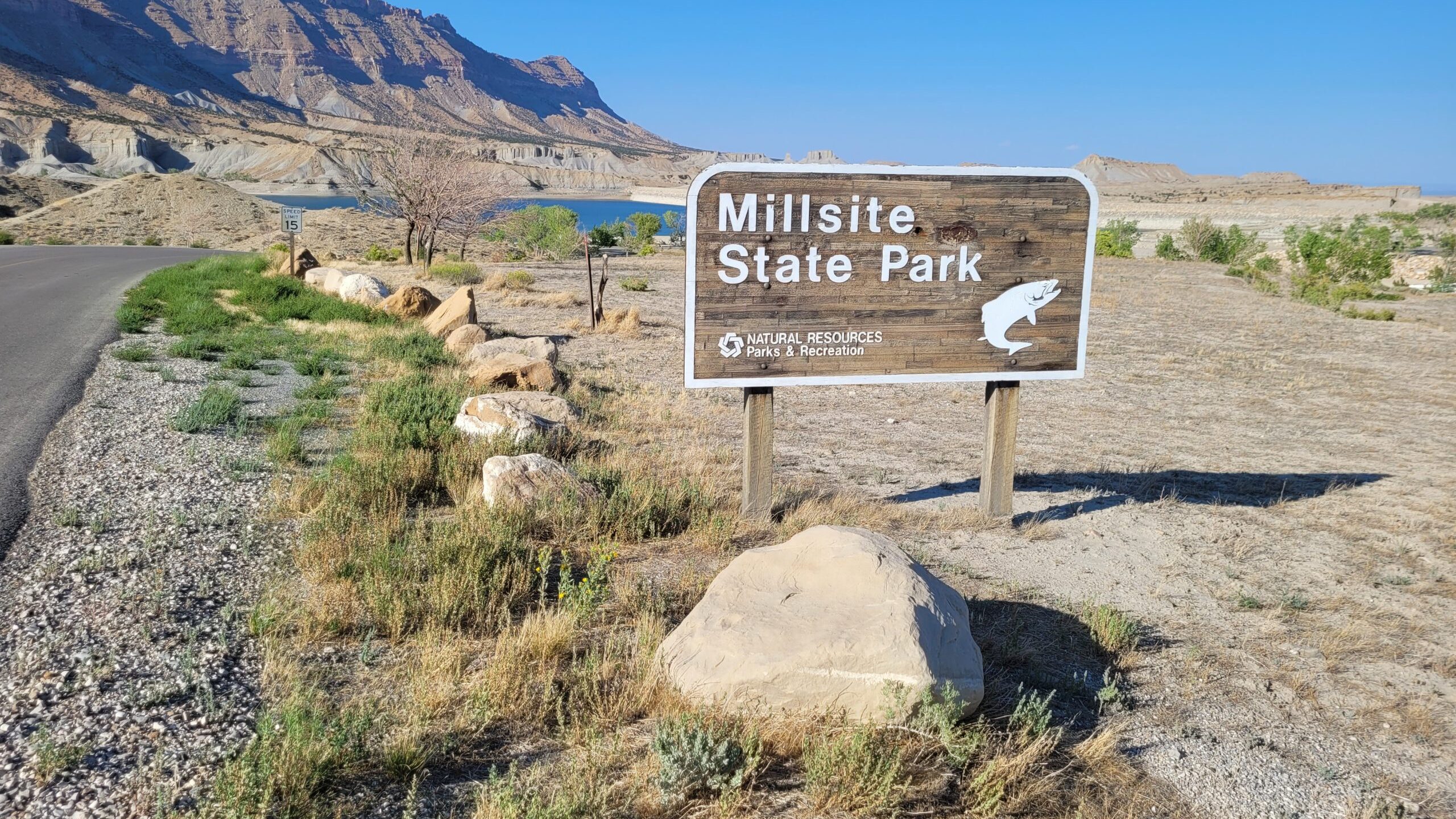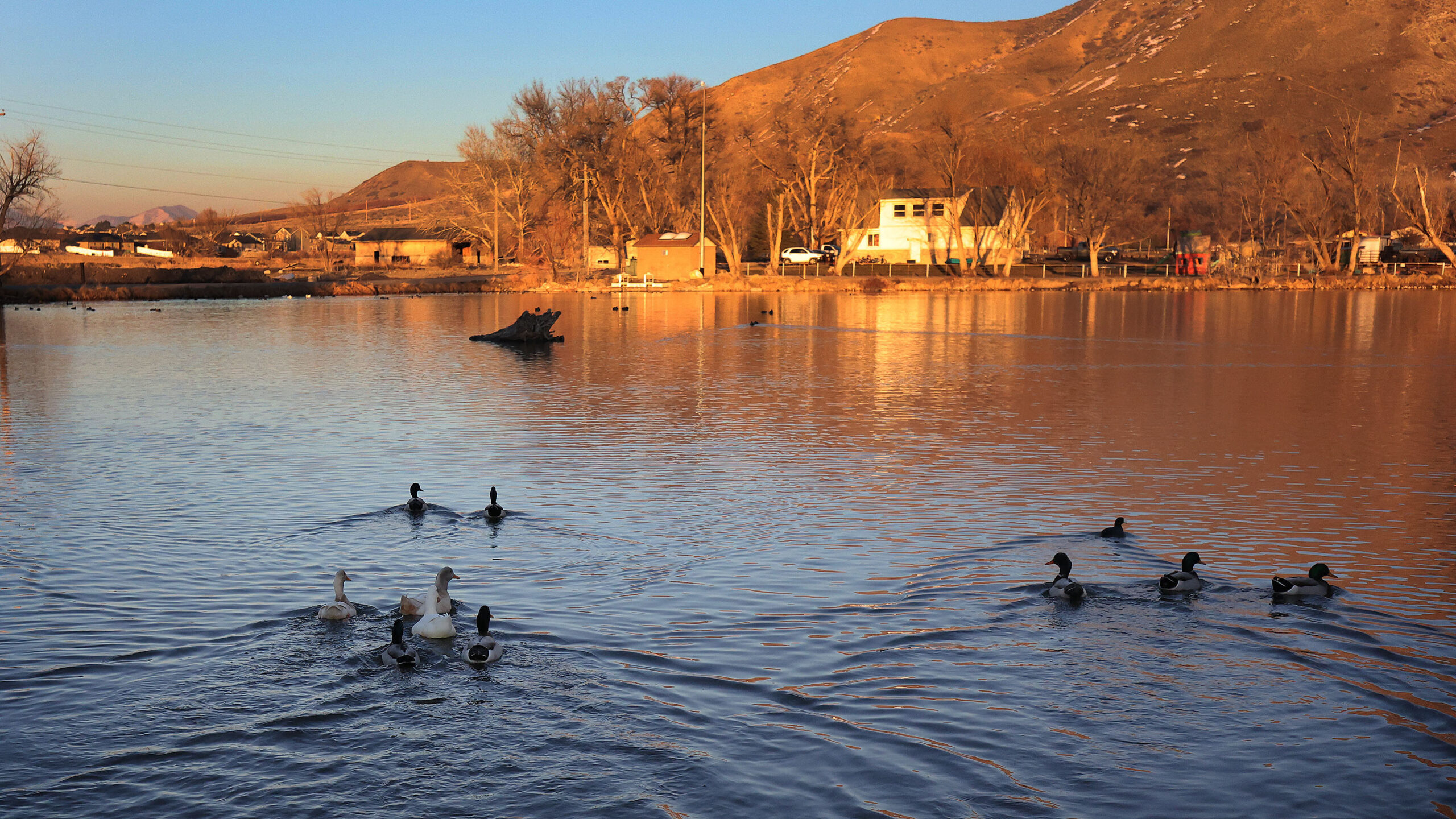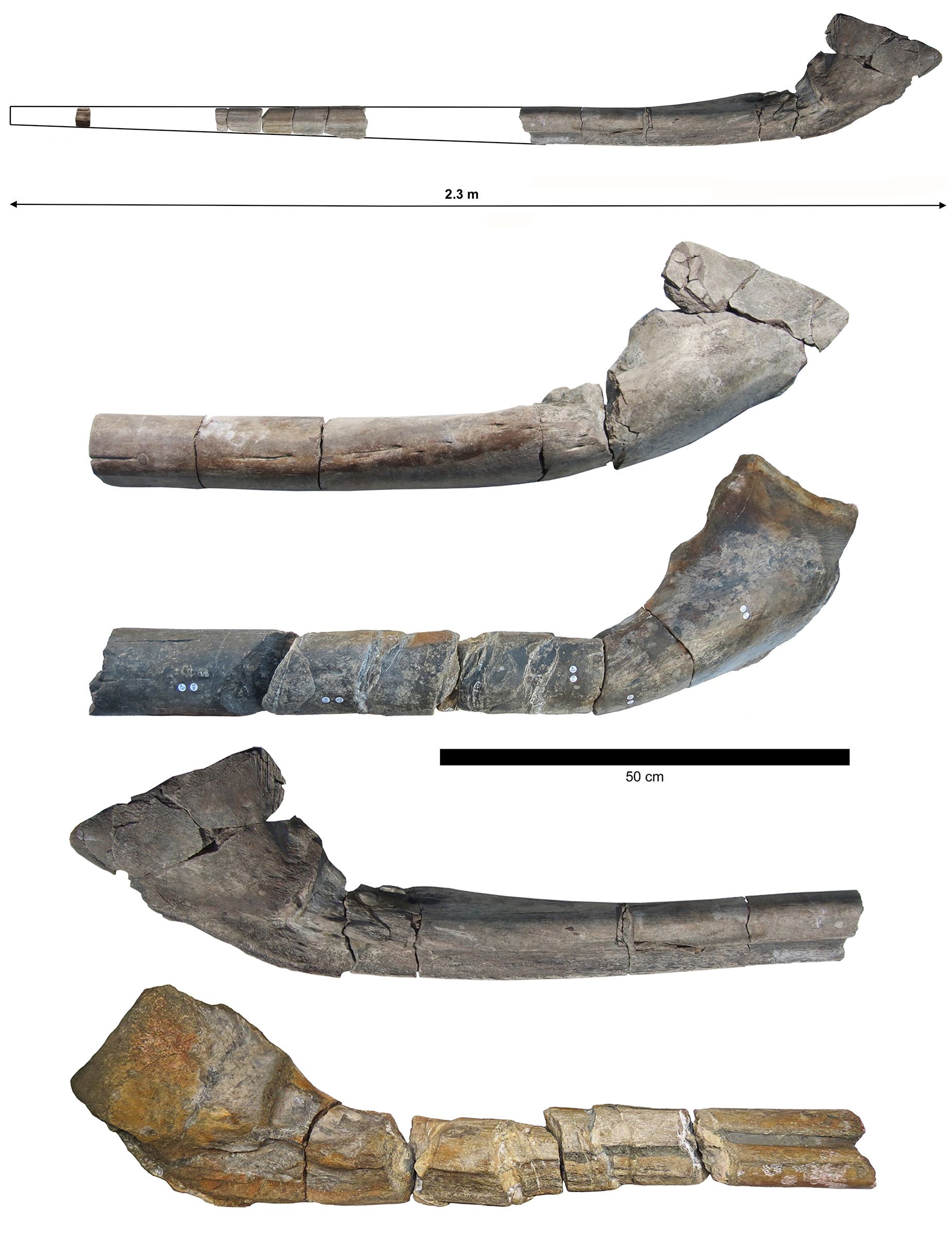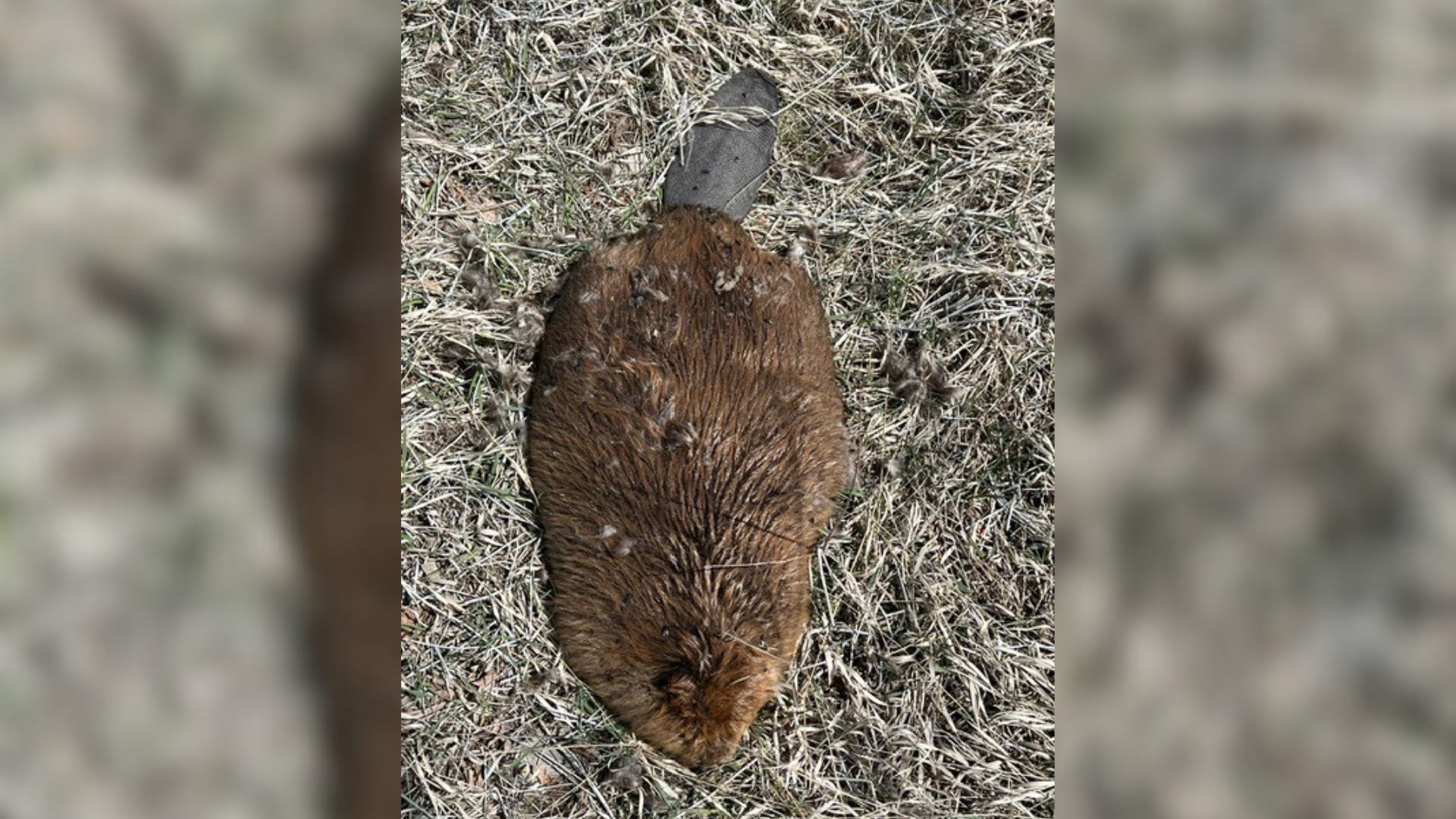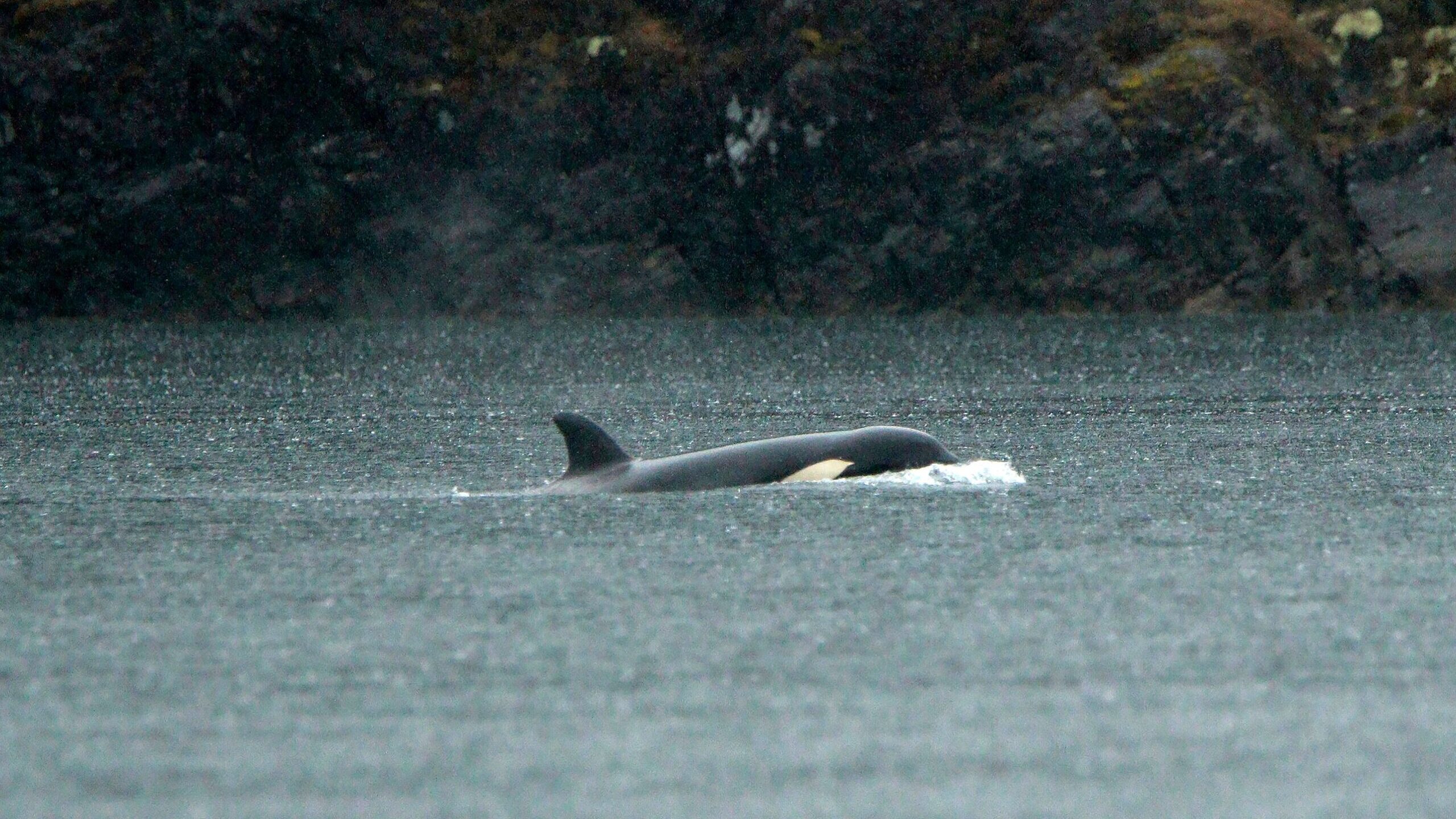DWR to host free hummingbird banding event
Jul 19, 2023, 10:30 AM | Updated: 3:55 pm
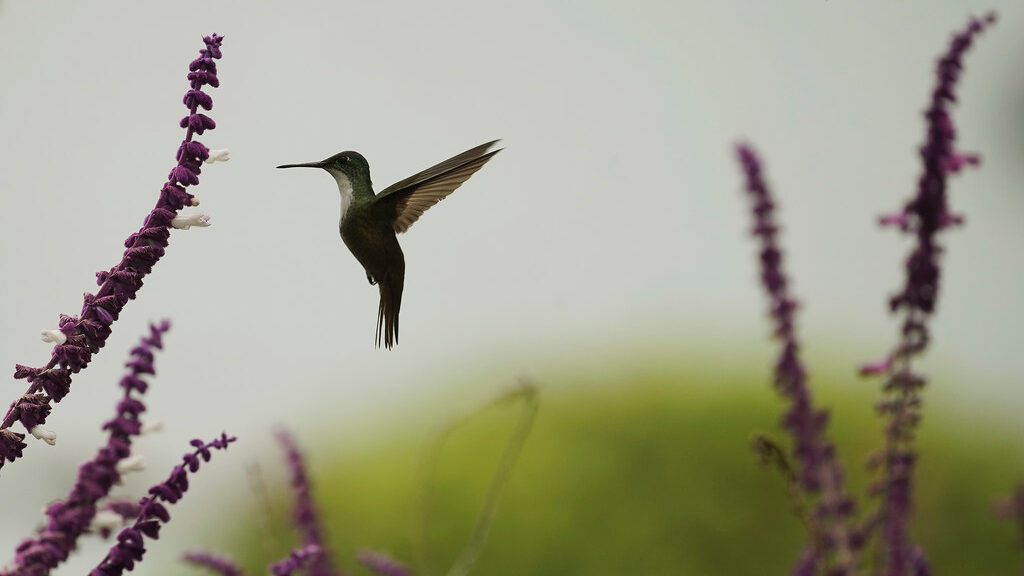
A hummingbird flies near a flower. The birds are excellent pollinators, according to the DWR. (Jeffrey D. Allred/Deseret News)
(Jeffrey D. Allred/Deseret News)
VERNAL, Utah — The Utah Division of Wildlife Resources (DWR) is hosting a free hummingbird banding demonstration on Saturday, July 29. The DWR hummingbird event will be presented in partnership with Terry Tolbert, a retired Bureau of Land Management biologist, and Lisa Young, a biologist from the U.S. Forest Service.
The free event will take place from 7 a.m. to 11 a.m. and will be held at 2450 Red Canyon Road in Dutch John, Utah.
The event
During the event, spectators can watch as researchers capture hummingbirds and place a small band around one leg of each bird.
According to the DWR, the bands are slightly thicker than aluminum foil and each is stamped with a unique identifying number. This number will be used to identify each bird throughout its lifetime.
Information gathered from these bands helps biologists learn more about migration patterns, while also gathering other crucial data. According to DWR Northeastern Region Outreach Manager Tonya Kieffer-Selby, the data is also used to determine strategies for conservation and the study of their habitat.
Kieffer-Selby said the opportunity to see the birds in the hands of biologists as they gather baseline data is rare.
“The population status of many hummingbird species is unknown. These banding efforts help educate our local community, and also help us collect information that may be crucial for making future management decisions,” said Kieffer-Shelby.
During the DWR’s hummingbird event, biologists will be available to explain the banding process and answer questions about hummingbirds. Visitors are encouraged to bring a camera and to stop by the Red Canyon Visitor Center. Guests can see other birds, and may even get to see the herd of bighorn sheep that resides near the Red Canyon overlook.
The DWR hummingbird event is free, but space is limited. Participants are advised to register on Eventbrite.
Utah’s hummingbirds
Hummingbirds migrate through Utah in the summer. Roughly 330 species are found in the western hemisphere. People typically only see five species in Utah, according to the DWR.
The most commonly spotted species in Utah are broad-tailed and black-chinned hummingbirds, but other species such as rufous, costa, and calliope hummingbirds can also be seen in the state.
The calliope is the smallest bird species native to North America. it weighs as much as a penny and can travel up to 5,600 miles per year.
At the event, the DWR’s biologists are hoping to band the rufous hummingbirds. They typically migrate to Utah in July, as they make their way from Canada and Alaska.
Most hummingbirds, according to the SWR, migrate to warmer climates during the winter months and head north in the summer.
The birds are excellent pollinators, and they primarily feed on flower nectar. If you want to attract them to your yard, the DWR suggests that you plant native plants. Penstemon, bergamot, and Agastache plant are all options. Agastache – also known as hummingbird mint – can be found at your local nursery.
For protein, hummingbirds also consume small insects and spiders. Kieffer-Selby said to be aware of the chemicals you are using on your nectar sources.
“Many stores sell a premade ‘red-dye’ feed, but be aware that may not be the healthiest solution for these birds. A simple 1-to-4 sugar and water solution in a traditional red-colored feeder is often the more cost-effective and safe way to feed them, and is better for the birds, overall,” said Kieffer-Shelby.
Related reading:
- Drought hardy perennials and annuals
- DWR plans to double the population of declining fish species
- DWR celebrates Cinnamon Creek as its newest wildlife management area

